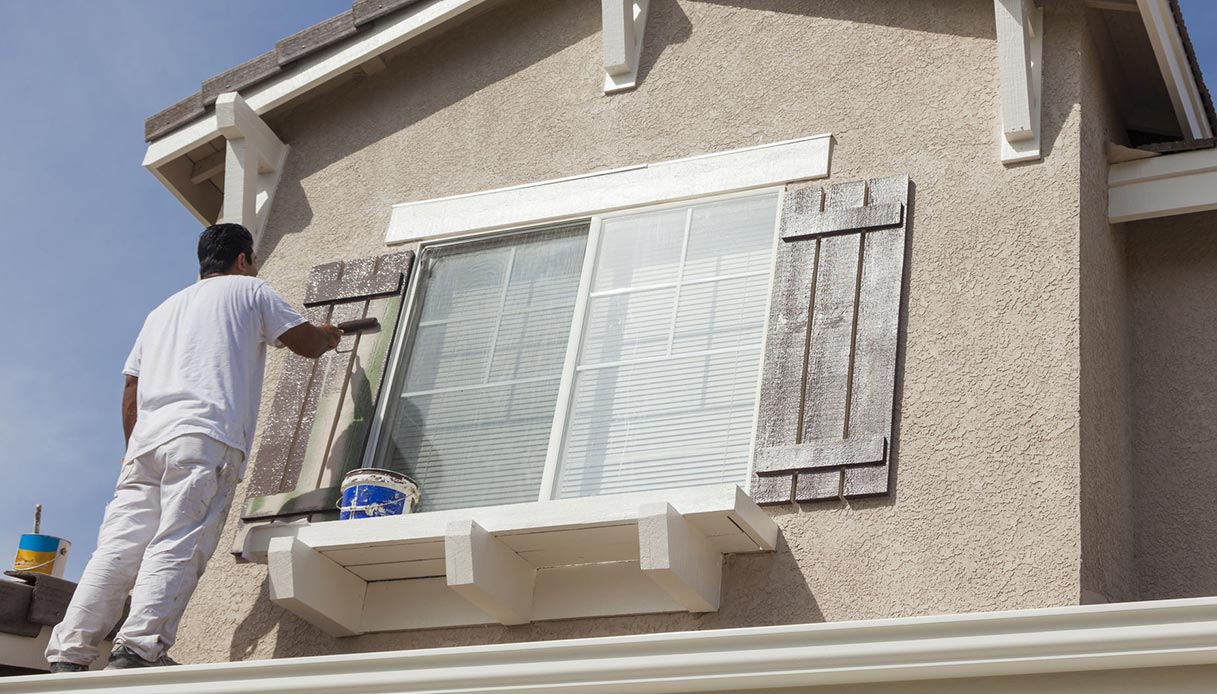11 September 2020
The Revenue Agency has included in the section of its online portal a section dedicated to questioning, under the item “to know more”. A useful tool for citizens to extricate themselves from the many information relating to the possibility of accessing the super bonus 110%.
A series of replies have already been published concerning particular cases, types of properties to which the Ecobonus 110% can be applied.
- Anti-seismic houses: the buyer of an anti-seismic property built through demolition and reconstruction by a construction company (with sale within 18 months) can apply the Superbonus for expenses incurred from July 2020 to 31 December 2021, even if the compromise was signed in 2018 The taxpayer can also choose the discount on the invoice or the credit transfer, but the supplier is never obliged to accept this option which is exercised by the taxpayer who bears the expenses “in agreement with the supplier”. Understanding that falls “within the ordinary dynamics of contractual relationships and commercial practices”. Therefore, it cannot be imposed.
- Ruin: an intervention on the so-called “collabenti units” (cadastral category F2), uninhabitable and non-income producing properties, is facilitated (this limitation was initially envisaged, then eliminated). The properties classified as F / 2 are in fact “existing buildings, since they are already built and identified by land registry”.
- Property on loan: it is a qualifying title, therefore it gives the right to the Superbonus for the same property and intervention. The simple painting of the external facade, for example, does not fall within the concession, but can benefit from the 90% facade bonus provided for by the 2020 maneuver.
- Townhouse: the real estate unit must be “functionally independent” and must have “one or more independent accesses from the outside”. In the presence of these requirements, the concession is applied.
- Co-owned building: the legislator makes explicit reference, in the formulation of the law, to the condominium, while “interventions carried out on the parts common to two or more distinctly stacked real estate units of a building wholly owned by a single owner or jointly owned by several subjects are excluded”. In the latter case, the Superbonus cannot be used neither for interventions on the common parts nor for those on the individual real estate units.
The other materials published in the specific section of the dl tax portal dedicated to the Ecobonus remain available to the taxpayer: provision of last August 8 on invoice discount and credit transfer, circular 24/2020 applying the rule, Revenue Guide, FAQ.
–
– .


